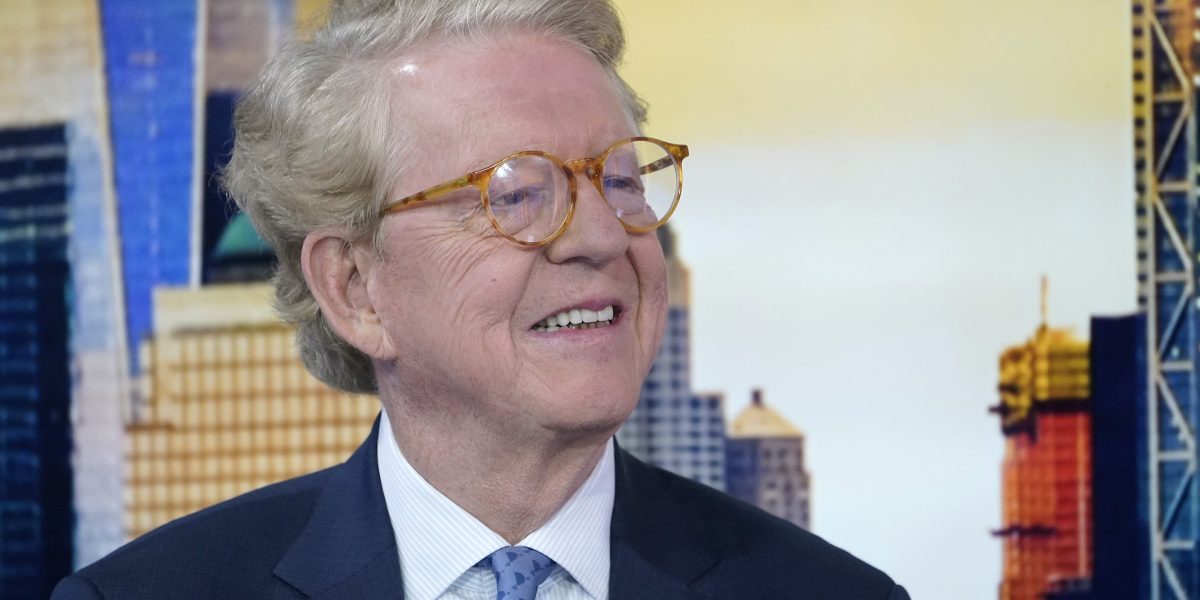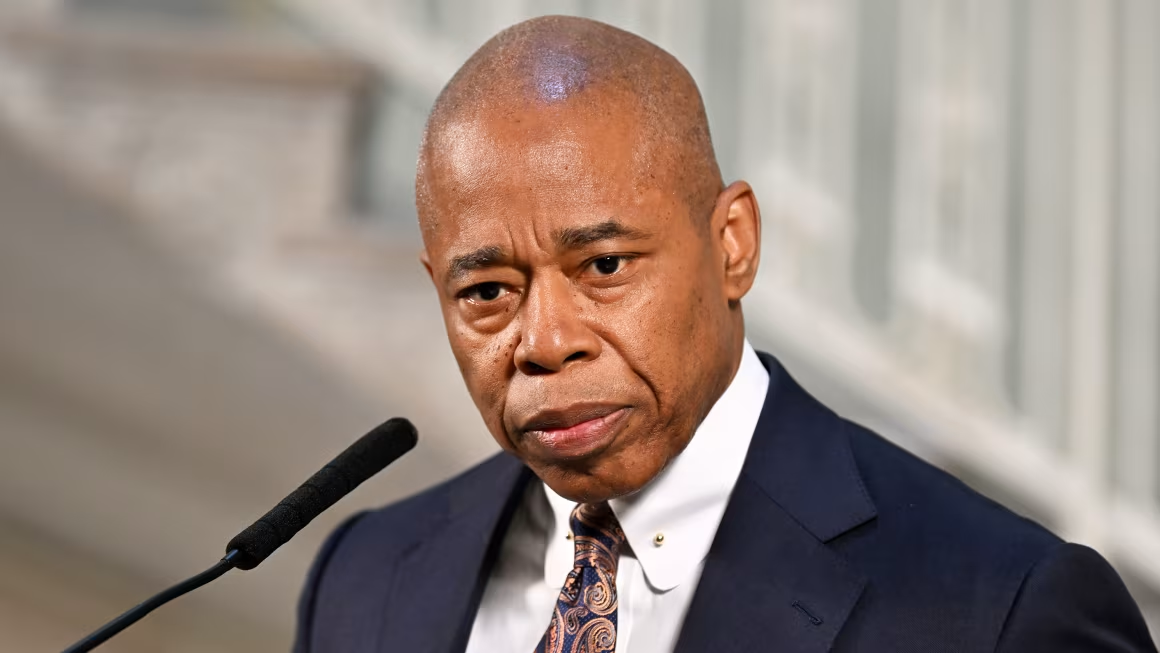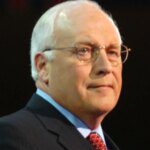
As Berkshire Hathaway CEO Warren Buffett prepares to retire, Aflac’s longtime CEO, Dan Amos, is poised to become the longest-serving chief executive in the Fortune 250. Amos has led Aflac for 35 years and has spent more than five decades at the company his family founded.
In an era of executive churn, where the average tenure of a Fortune 500 CEO is approximately seven years, Amos stands out not just for his longevity, but for how he has sustained it. Under his leadership, the supplemental life insurance company has grown into a $55.7 billion business with nearly $19 billion in annual revenue.“I enjoy what I do,” Amos tells Fortune. “If you don’t enjoy it, you can’t do it for very long.”
That passion appears to have fueled a rare and remarkable run. But Amos’ rise wasn’t preordained, despite his last name, he says. The son of Paul Amos, one of three brothers who cofounded American Family Life Assurance Company of Columbus in 1955, he joined Aflac in 1973 as a commission-only sales rep, determined to prove himself on merit. After graduating from the University of Georgia, he joined the company in 1973 as a commission-only sales rep, determined to prove himself on performance alone.
“I went on a total commission basis to the company because I felt like everybody would say, ‘He got handed the opportunity,’ which is right. I don’t deny that,” Amos admits. “But when I went into sales, they couldn’t say much because they looked at my track record and saw what happened.”
In his first year, he inherited a sales territory generating $600,000 in annual premiums. Within a decade, that figure had grown to $11 million. He became president in 1983, COO in 1987, and CEO in 1990. Those early years shaped his leadership philosophy: set clear goals, track outcomes, and lead with accountability.
“You set these goals to achieve, and then when you’ve done it, it’s something you could reflect and say, ‘That was a great year,’’” he says.
While many of his peers chased aggressive global expansion, Amos made a contrarian call, scaling back Aflac’s operations to just two countries: the U.S. and Japan.
“We found there was more life insurance in force in the U.S. and Japan than the rest of the world combined,” he recalls. “So I asked, ‘Why do we need to be anywhere else?’”
That clarity of focus has served the company well. Today, Aflac is a household name, aided by the now-iconic duck mascot and consistent returns.
Amos says his staying power has just as much to do with how he leads behind the scenes. His days start at 7 a.m. with meetings involving the Japan team, include a midday break for exercise, and often end with Sunday night check-ins. He surrounds himself with a trusted executive team—his general counsel among them—and expects directness.
“I spend all my time hiring the right people,” Amos adds. “I set guardrails, and within those, they’re empowered to lead.”
That trust wasn’t always there. In his early years, Amos admits he micromanaged everything until one moment made him pause. But one day, he realized, “If I’ve got to do this, why do I need them? And I just stopped.”
Today, that philosophy extends beyond his direct reports. Amos says he deliberately diversified Aflac’s board to better reflect the customers it serves.
“I don’t want it to be a bunch of 60-year-old white guys. I know how they think,” he explains. “I want to make sure I know how African American females in their 30s think because they’re potential policyholders.”
His guiding principle, in a nutshell, is to evolve or risk irrelevance. “If you don’t adapt, you’ll run off. Not changing is the kiss of death,” he says.
Technology and remote work have only reinforced that mindset, he adds. “You can work from anywhere now, and people believe you’re actually working,” says Amos. “That didn’t used to be the case.”
Despite no immediate plans to step down, Amos is candid about the toll of leadership.“I don’t think people realize that you’re never off,” he says. “I could be on top of Mount Everest with a phone, and someone could reach me.” The added challenge of constantly being on call, according to Amos, is that CEOs don’t have the luxury of telling their teams and shareholders they don’t want to be reached.
Still, Amos says he’s learned when to draw boundaries. He has never missed one of his son’s high school football games and says he encourages employees to prioritize family. He credits his wife with being a grounding force. “If you’re together as a team, it works out pretty well,” he says.
After more than three decades at the top, Amos’ advice to aspiring CEOs is simple but pointed: “Go for it.” But he caveats that it’s not the daily grind that defines great leaders. It’s how they show up when things go sideways.













